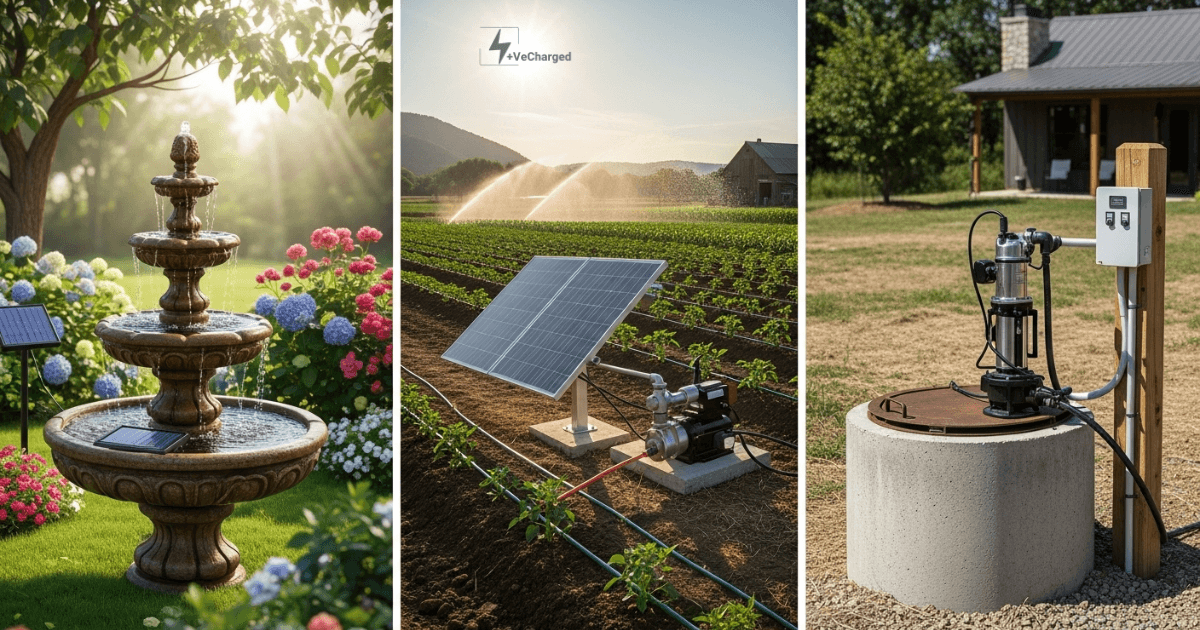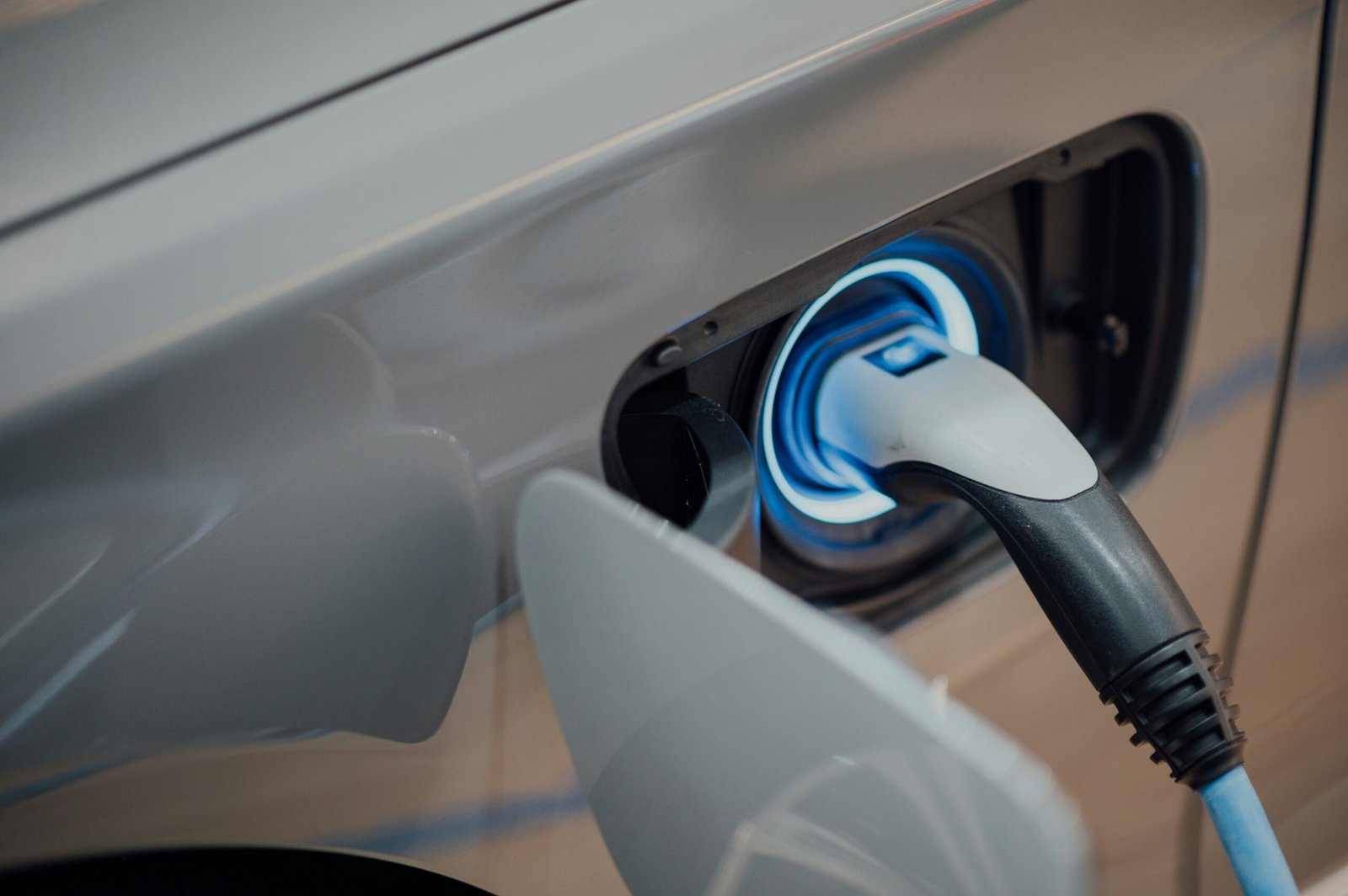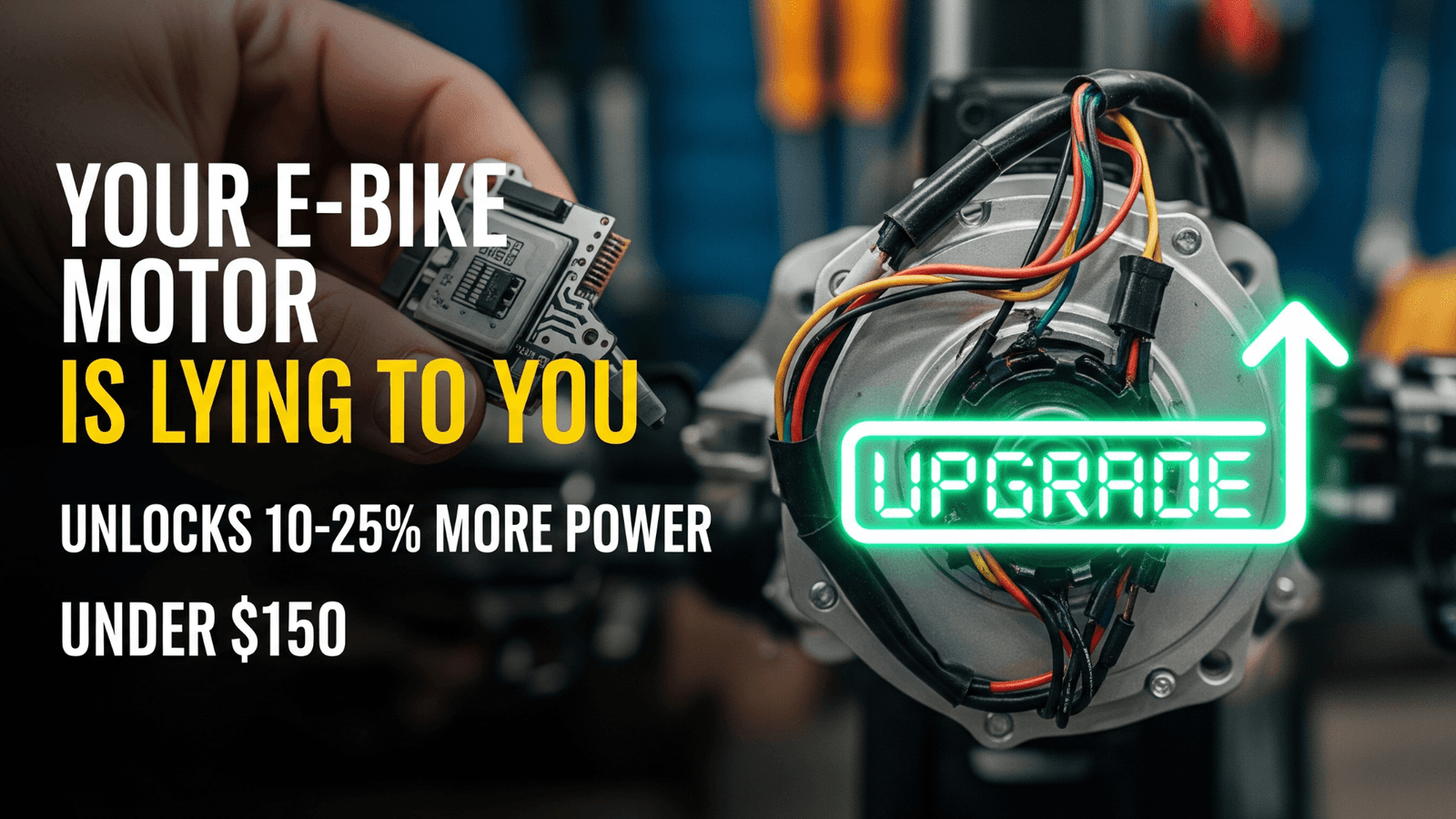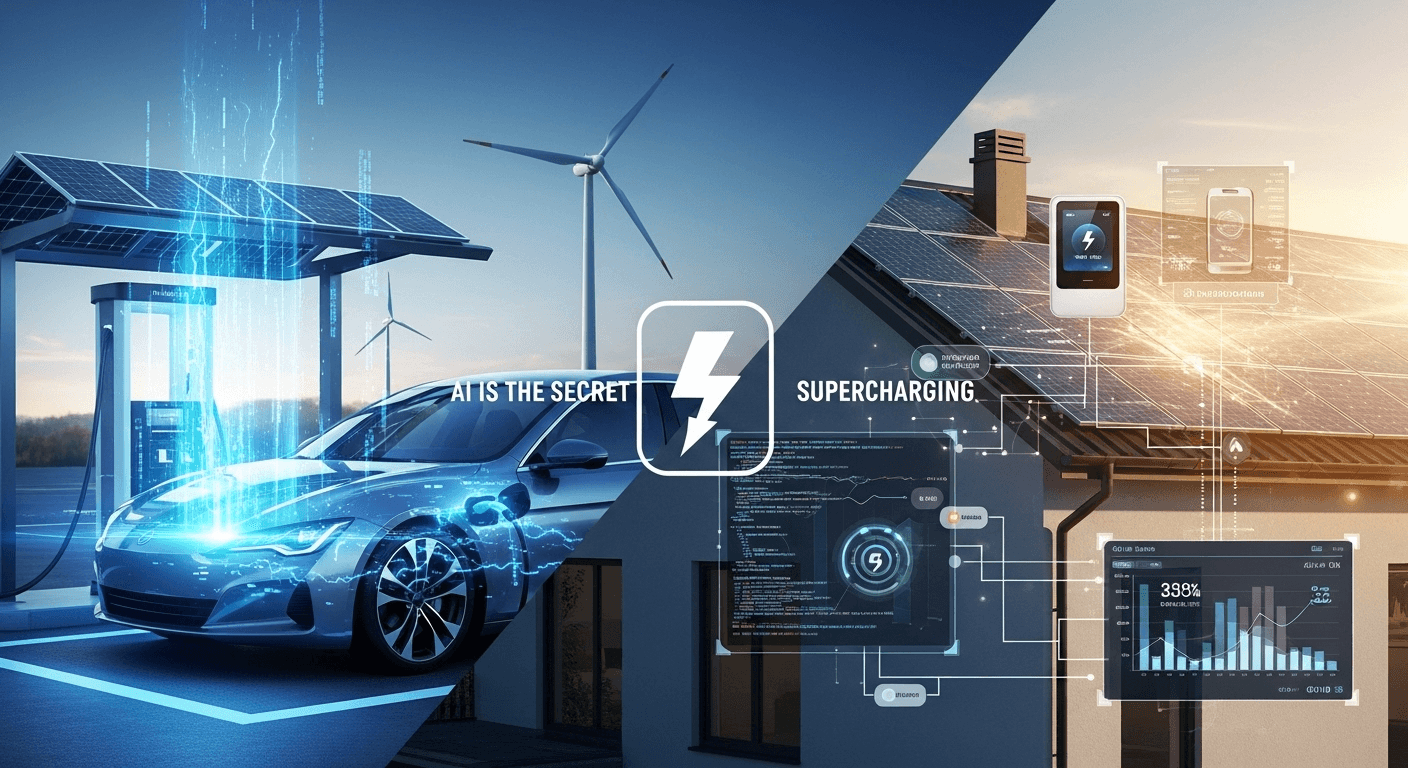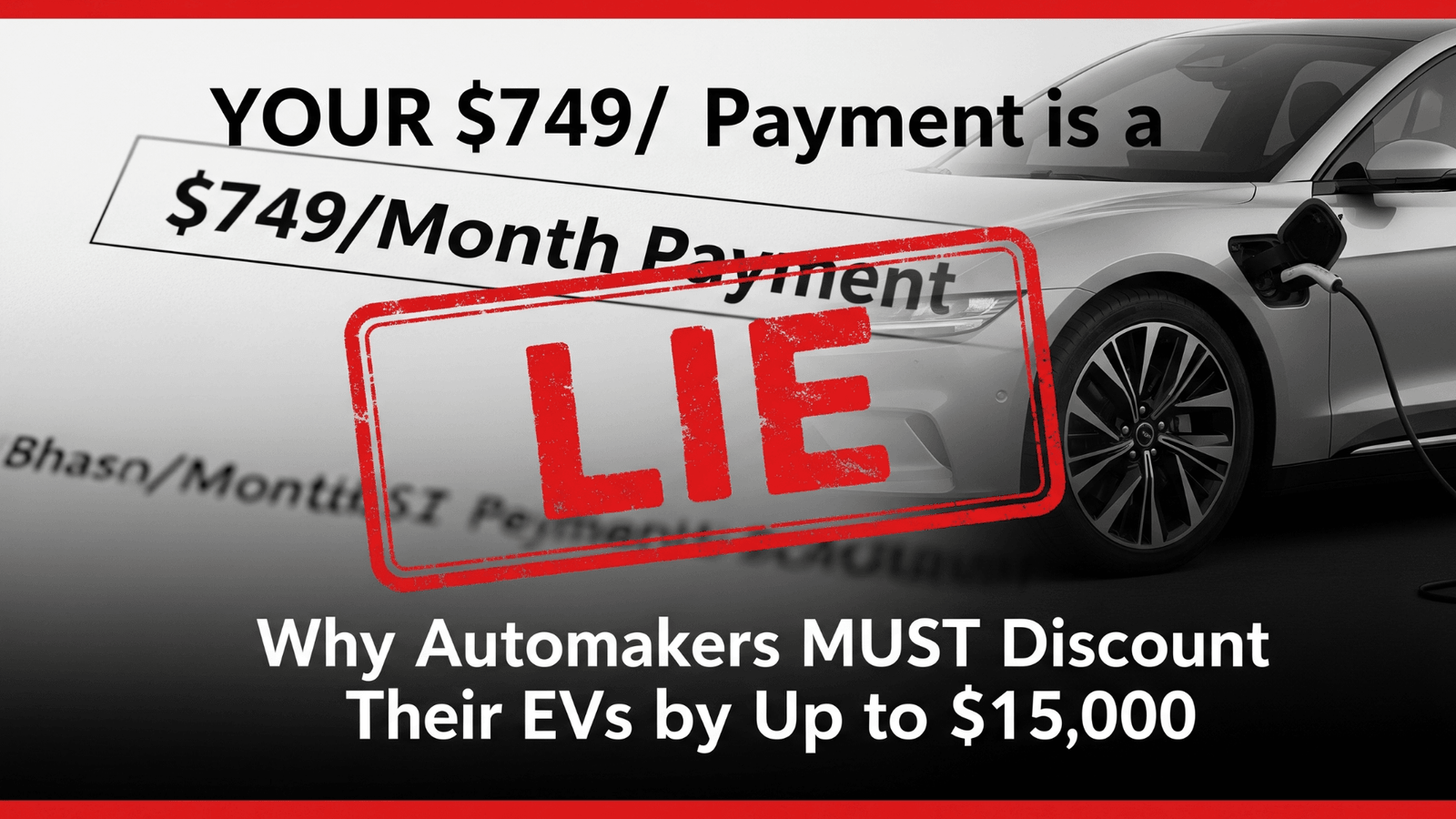From small garden fountains to powerful well pumps, solar energy is revolutionizing how we move water. This is the Vecharged definitive guide to the technology, the sizing, the installation, and the costs.
Water is the essence of life, but moving it often requires a connection to a power grid that can be expensive, unreliable, or simply non-existent. For centuries, this has been a fundamental challenge for gardeners, farmers, and anyone living off the grid.
But today, a silent revolution is flowing across the globe, powered by the sun. The solar water pump, once a niche and expensive technology, has become a powerful, affordable, and incredibly reliable solution for everyone from backyard hobbyists to large-scale agricultural operations.

At Vecharged, we believe in demystifying the technology that empowers you. This is our definitive guide to the world of solar water pumps. We will walk you through how they work, how to size a system, how to connect the components, and what to look for when you’re ready to buy. This is your first and last stop on the journey to water independence.
How Does a Solar Water Pump Work? The Beauty of Simplicity
The magic of a modern solar water pump system lies in its elegant simplicity. Unlike a gas-powered pump, it has few moving parts and requires almost no maintenance. There are three core components:
- The Solar Panel(s): The workhorse. They capture sunlight and convert it into DC (Direct Current) electricity.
- The Controller: The brain. This small, crucial device takes the raw DC power from the panels, regulates it, and intelligently manages the pump’s speed based on the intensity of the sun.
- The Pump Itself: The heart. This is a highly efficient motor that runs on DC power. It can be a submersible pump (placed down inside a well) or a surface pump (placed next to a pond or stream).
The process is direct and beautiful: When the sun shines, the pump runs. When the sun is brighter, the pump runs faster. It is a system in perfect harmony with the natural rhythm of the day.
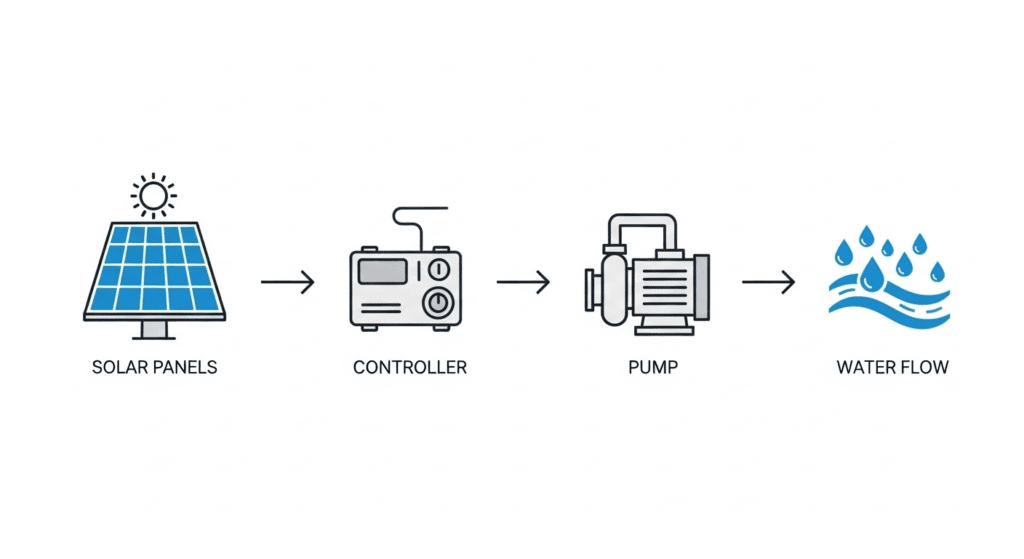
The Critical Question: How to Size Your System (Panel, Controller & Pump)
This is the most important step, and the one most people get wrong. Sizing a system is a balancing act between your water needs and the power required to meet them.
Step 1: Define the Mission (Your Water Needs)
- How much water do you need per day? (Measured in Gallons per Day or Liters per Day).
- What is the “Total Dynamic Head”? This is the most crucial part. It’s the total vertical distance you need to lift the water, plus any friction loss from the length of the pipe. The higher the head, the more power you need.
Step 2: Size the Solar Panels (The Power Plant)
The Vecharged Rule of Thumb: For every 100 watts of solar panel, you can typically expect to pump around 1,000 gallons of water per day to a moderate height (e.g., 20-30 feet).
- Example for a Small 12V Fountain: A small 12V water fountain pump might only need a 20-watt solar panel.
- Example for a Deep Well: To run a powerful 1 HP well pump, you might need an array of 1,500 watts (1.5 kW) of solar panels.
Interactive Tool: The Solar Pump & Panel Calculator
Stop guessing. Answer a few simple questions about your needs, and our tool will give you a powerful, data-driven estimate for the pump, panel, and controller size you’ll need for your project.
Interactive Solar Pump & Panel Calculator
Your Recommended Project Blueprint
— V
— W
— W
$—
💡 Expert Considerations
Adjust the settings to get a personalized recommendation.
The Vecharged Showdown: Solar Hot Water vs. Heat Pump Water Heater
Many homeowners wonder which is the more efficient way to heat water. Let’s break it down.
| Feature | Solar Hot Water Heater | Electric Heat Pump Water Heater | The Vecharged Verdict |
| How it Works | Uses solar thermal collectors to heat water directly with the sun’s heat. | Uses electricity to pull heat from the surrounding air and transfer it to the water. | One uses heat, the other uses electricity. |
| Upfront Cost | High | Medium to High | Heat pumps are generally cheaper to install. |
| Efficiency | Extremely efficient in sunny climates. Less effective on cloudy days. | Highly efficient year-round, as long as it has air to pull from. | Winner: Heat Pump. A heat pump offers more consistent performance in a wider range of climates. |
| Lifespan | 20+ years. They are very simple and durable. | 10-15 years. It’s a more complex appliance. | Winner: Solar Hot Water. For pure longevity, nothing beats a simple thermal system. |
| The Expert Take: For most homes, a heat pump water heater is the more versatile and cost-effective choice. However, in very sunny, off-grid applications, a simple solar thermal heater can be a fantastic, non-electric solution. |
The Definitive FAQ: Your Solar Pump Questions, Answered
- How much does a solar water pump cost?
The cost varies dramatically. A small, all-in-one solar fountain pump kit can be $20 – $50. A larger solar well pump costs between $1,200 and $3,000, for an average of $2,000. Prices depend on the well pump size, flow rate, and more. - What are the disadvantages of a solar water pump?
The main disadvantage is that its performance is entirely dependent on the sun. It will pump less water on cloudy days and will not run at night unless you add a battery storage system, which significantly increases the cost and complexity. - How do you connect the components?
For most small kits, it’s plug-and-play. For larger systems, the wiring is simple and logical:- The solar panels are wired (positive to positive, negative to negative) to the PV input of the solar charge controller.
- The pump is wired to the LOAD output of the controller.
- If you have a battery, it’s wired to the BATTERY terminals of the controller.
- How do you clean and repair a solar water pump?
Maintenance is minimal. The solar panels should be wiped clean with a soft cloth a few times a year to remove dust. The pump itself, especially submersible models, may need to be pulled and inspected for debris in its intake every few years. Most repairs involve simple component swaps (like a new controller) as opposed to complex engine work. - Can you convert an existing electric water pump to solar?
Yes, but it can be complex. If your existing pump is an AC pump, you will need a large solar array, a battery bank, and a powerful inverter to run it. In most cases, it is more efficient and cost-effective to replace it with a purpose-built DC solar pump.

Conclusion: The Future of Water is Power from the Sun
The solar water pump is more than a product; it’s a technology of empowerment. It provides water security for farmers, off-grid freedom for homeowners, and sustainable beauty for gardeners. By understanding the simple principles of how these systems work, you can unlock a world of possibilities, powered entirely by the clean, free, and reliable energy of the sun.

Suhas Shrikant is the founder of Vecharged and an engineering enthusiast specializing in high-power off-grid solar systems. He has designed and built over a dozen custom systems and uses his hands-on, field-tested experience to create Vecharged’s expert guides and reviews.

